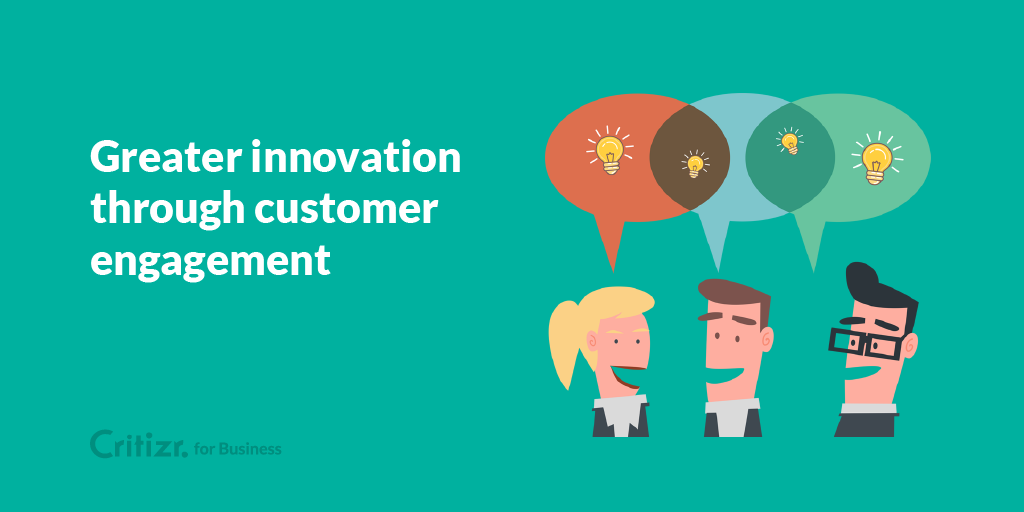
Solutions
Solve your most critical customer experience challenges

Marketing Manager - France
The Customer Effort Score is a customer satisfaction indicator and, much like NPS, is steadily becoming a bigger priority for major enterprise strategy. By measuring the effort level required by customers, this indicator is three times more powerful than NPS for measuring loyalty.
Let’s go back to basics, shall we? If the Customer Effort Score is unfamiliar to you, we advise that you start off by reading this article “What is CES?”. This is probably the best introduction you can get! For those of you who are already in the know, feel free to dive right into this article and upgrade your expert status !
A Customer Effort Score is obtained by asking a customer the following question: “How much effort did you have to put in while making a purchase at a store?” The answer to this question ranges on a scale from 1 to 7 (sometimes 1 to 5), with 1 indicating a low-level effort and 7 indicating a high-level effort.
There are three ways of calculating the score:
This is the simplest approach. All you have to do is get the average of all the scores to determine a mark out of 7. The higher the score, the more effort was put in.
CUSTOMER EFFORT SCORE = TOTAL SUM OF SCORES / NUMBER OF SCORES
Just like with NPS, customers are grouped into three distinct categories:
The following calculation is then used to obtain the CES:
CUSTOMER EFFORT SCORE = % HIGH-LEVEL EFFORT - % LOW-LEVEL EFFORT
The score obtained fluctuates between -100 (minimal effort level) and +100 (maximum effort level). The calculation is very similar to the NPS version, with the only difference being that for CES, a lower score is preferable.
The difference between CES and NPS has caused concern among some companies who opted for an alternative, featuring a similar calculation and analysis method as NPS. This was the idea behind the Net Easy Score. Here, we are evaluating how easy it was for a customer to interact with the brand.
Despite this small difference, the Net Easy Score still measures customer effort levels. It’s the same idea only the logic is reversed. To measure the Net Easy Score using this method, the question is formulated the other way around. For example: “How easy was it to find the assistance you required today?”
Scores are still from 1 (extremely easy) to 7 (extremely difficult). Just like the previous method, customers are then grouped into three categories depending on the level of difficulty they experienced:
Next, we perform the following calculation:
NET EASY SCORE = % EASY - % DIFFICULT
Used by the majority of leading American brands, the last two approaches enable simpler action plan implementation. We prefer these last two methods to the first one outlined.
CES measures the effort required by a customer when dealing with a business. With this in mind, it is better to contact the customer directly after a transaction to receive more reliable feedback. CES can be formulated to analyse the overall customer experience or to target specific steps in the customer experience. With the latter, you can identify which steps required too much effort on the customer’s behalf.
Effort is defined by certain criteria such as the following:
The types of effort vary depending on the customer experience, such as an in-store or online transaction, web-to-store purchase, customer service contact, etc. All types of effort are involved when purchasing online, for example.
To identify which types of effort a business needs to improve upon, we advise including an open-ended question format for the CES question. For example: “What can we do to simplify your experience?” By gathering explicit individual feedback, you can identify key factors contributing to a less-than-optimal customer experience and thereby determine your brand’s loyalty levers.
After the success of the NPS, the CES seems to be the new must-have for all the marketing departments of the biggest brands. Easy, comprehensive and powerful, the CES will be your new asset to predict the loyalty and growth of your business.
Hear about our upcoming events and read the latest success stories from our clients.
